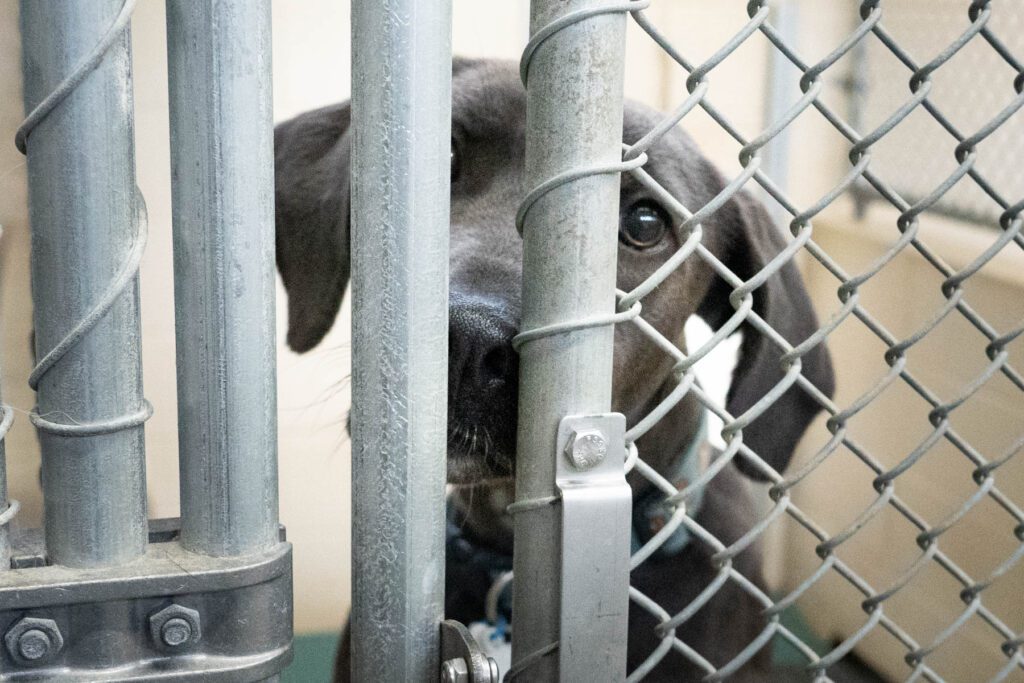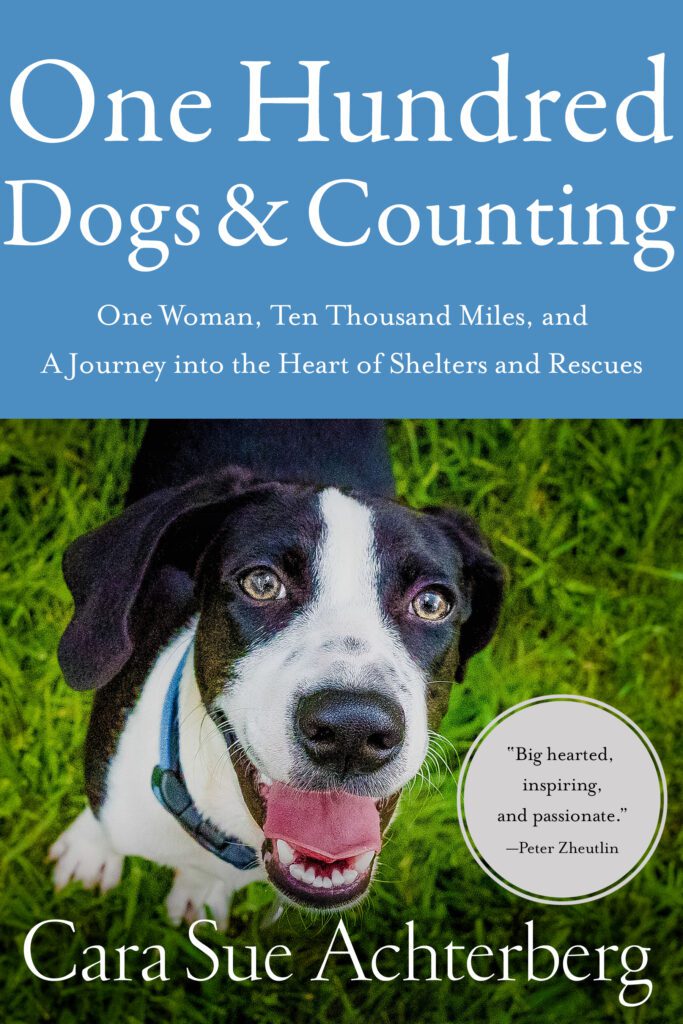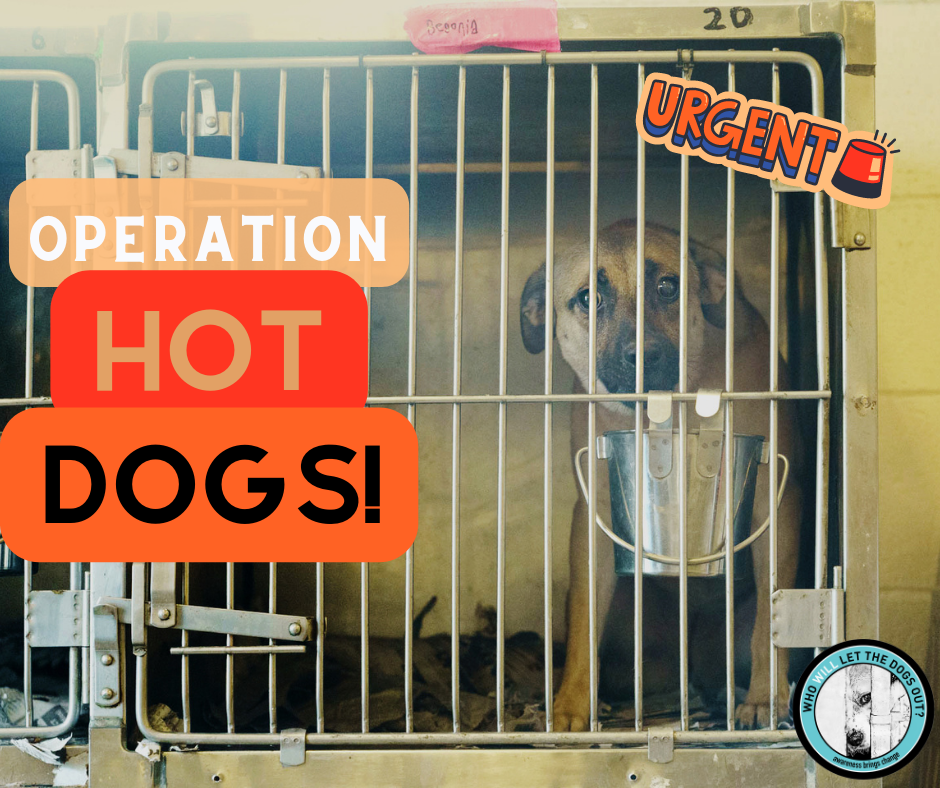Progress is progress. That’s what Nancy said to me when we got back in the car after our visit to Mississippi Animal Rescue League in Jackson.


It’s still a tough place for me, but I also found a lot of reason to hope. The last time we visited MARL, I was overwhelmed by the sheer number of dogs (they had taken in 12-13 thousand animals that year) and three quarters of them.
There was a different feel this time, and I don’t think it was just the fresh paint job in the lobby. The staff seemed more upbeat and friendlier.
The numbers at MARL are still enormous. In 2022 they took in 8700 animals and had a live release rate of 43% which means they are still killing over half of the animals they bring in, but there were signs of hope.



Their social media feed is full of positive stories of animals saved, adoptable animals, and ways the community can get involved. They’ve worked with a local rescue, CARA, sending them nearly a hundred dogs.
Their new director, Samantha, talked about her goal of developing a foster program. Debra, the former director (for over forty years) is still working at the shelter focusing on adoption and social media. She also seemed brighter. She mentioned her hope that they create a petfood pantry to help out the community. They both talked about developing a transport program to move animals northward and finding rescue and shelter partners they can trust with their animals.
MARL is an open intake shelter and they handle the animal control contracts for eleven surrounding municipalities. That means that they take every unwanted, impounded, or stray animal for a huge area, plus they accept animals brought to them from pretty much anywhere, including surrounding states. Unlike many, if not all, of the shelters in their area, they do not say no to sick, injured, or dangerous animals. They also do not lie about the likely outcome for those animals.
When intake as high as 50 animals a day, hard decisions have to be made. There are only 24 adoption kennels for medium and large dogs and about the same for puppies and small dogs (who fly off the shelves at MARL, like most places). They have 30 quarantine and intake kennels which means that pretty much every single day they have to euthanize animals.



A foster program will have a huge impact on this hard fact, so we are excited that it’s a priority of Samantha’s. She has a long history at MARL as a volunteer when she was in high school, and then after returning with a masters in business, she worked as the volunteer coordinator, focused on donations, and developed their social media, before stepping into the role of director a little over a year ago.



We walked through their adoption kennels and met lots of beautiful dogs, crossing our fingers that someone else would adopt them quickly and make room for animals who would need those spaces.
The puppy room was closed for sanitation at the time of our visit because of a recent parvo outbreak. But we did spend a little time in the cat room and met Jim, aka Catmandoo (and sometimes, he said, he is Catmandon’t). They’ve had a recent run on cats, so there were a few empty kennels (not a common site at MARL). Because there is no local TNR program, and they handle the animal control for so many municipalities, they take in and euthanize a huge number of feral cats.



MARL now has a second vet on staff part-time (in addition to their full-time vet), which means they are able to treat some of the conditions that used to mean euthanizing on intake, and also that animals are available for adoption more quickly.
Currently, MARL markets their dogs through their Facebook page, but they are in the process of getting their shelter software linked up with Petfinder so they can grow their reach. MARL does adopt dogs out of state, as well as locally, and moves a few dogs out through breed specific rescues.
The pandemic did not affect their numbers significantly because they stayed open after a two week period to reorganize. They were able to convince the state to deem them an essential service and continued to do spay/neuter surgeries, intakes, and adoptions throughout the entire pandemic.
Their numbers are slowly going down most likely thanks to their efforts for spay/neuter. The shelter offers significantly subsidized spay/neuter certificates, and the The Big Fix has a clinic in town. There’s really no excuse other than ignorance for any animal owner in Jackson not to have their animals spayed or neutered.
It’s hard to hear the numbers at MARL and I asked how so much euthanasia affects the staff’s mental health. Samantha acknowledged that it is hard, and said she hopes to focus on mental health and team building for the staff of 16. Like so many places, they struggle to stay fully staffed and are almost always hiring.

MARL is a nonprofit and funded primarily through donations, several nice grants, and the animal control contracts with local municipalities, but money is always tight.
In Mississippi animal sheltering is a hodge podge of non-profit and hybrid shelters (shelters who are paid by the county or city to handle animals brought in by animal control or police) with lots of rescues that try to fill the gaps. There is no real state-wide game plan and no consistent ordinances (or enforcement of those ordinances).
The state has a long way to go, as does MARL, but as I said at the outset, progress is progress. Things are better here than they were three years ago, and for now, for Mississippi, that’s a good thing.
The best way to help us, to help places like MARL, and all the shelters we visit, is to share these stories. The solutions are not that hard. Debra, Samantha, Nancy, and I (and Debra’s adorable pup) commiserated on that fact – the hard part is getting people to choose them. And they can’t do that if they don’t know what is happening in their local shelters.


Until each one has a home,
Cara
If you want to learn more, be sure to subscribe to this blog. And help us spread the word by sharing this post with others. Visit our website to learn more.
You can also help raise awareness by following/commenting/sharing us on Facebook, Instagram, YouTube, Tik Tok, and the Who Will Let the Dogs Out podcast.

Learn more about what is happening in our southern shelters and rescues in the book, One Hundred Dogs & Counting: One Woman, Ten Thousand Miles, and a Journey Into the Heart of Shelters and Rescues (Pegasus Books, 2020). It’s the story of a challenging foster dog who inspired me to travel south to find out where all the dogs were coming from. It tells the story of how Who Will Let the Dogs Out began. Find it anywhere books are sold. A portion of the proceeds of every book sold go to help unwanted animals in the south.
For more information on any of our projects, to talk about rescue in your neck of the woods, or become a WWLDO volunteer, please email whowillletthedogsout@gmail.com or carasueachterberg@gmail.com.
And for links to everything WWLDO check out our Linktree.
Please consider donating to our current project, Operation Hot Dogs. Click here to learn more. To donate, click here or text Hotdogs to 707070.




Leave a Comment
Sign up for our newsletter
Sign up to have our latest news, grant updates, shelter visits, and more delivered to your inbox.
Share this:
Like this: